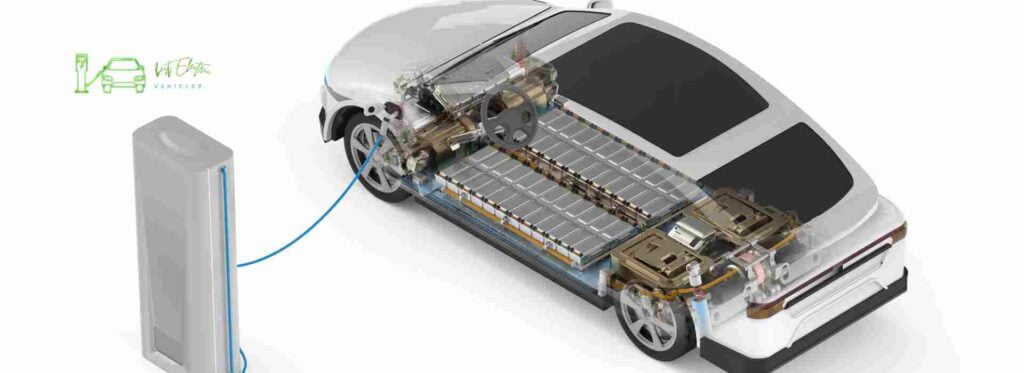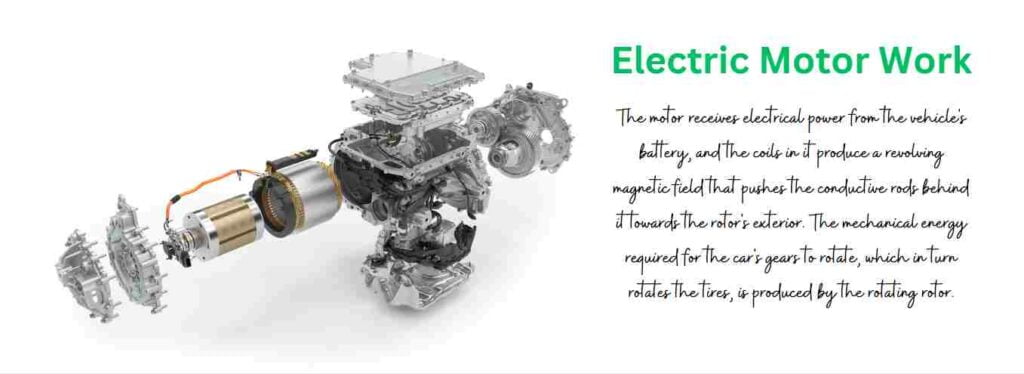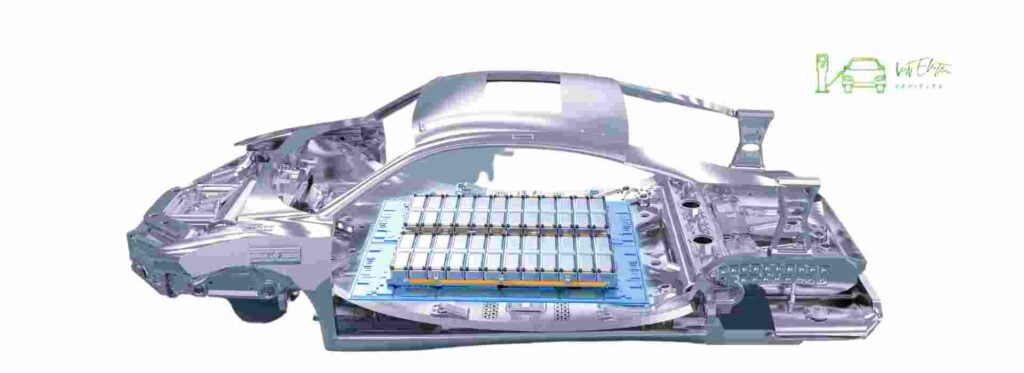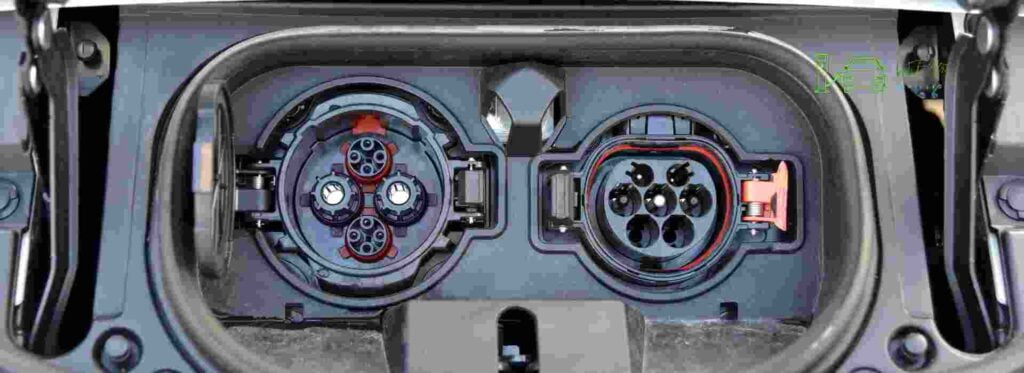Today, if we look around us, we will see that the electric revolution is in full swing and Battery Electric Vehicles (BEVs) are leading it. If you’re looking for the ultimate guide to battery-electric vehicles, you’ve come to the right place. Let us try to understand in depth what exactly BEVs are. The benefits, how they work, and why they might be the right choice for us.
First of all, it is important to know what exactly are “Battery Electric Vehicles”.

Basically, in simple terms, Battery Electric Vehicles (BEV) are vehicles that use electricity stored in batteries to drive electric motors. Electric motors transmit power to the wheels to propel the vehicle forward or backwards. It is easy, isn’t it? Remember, unlike “hybrid vehicles” or “plug-in hybrids“, BEVs do not have a gasoline, diesel, or petrol engine. They run entirely on electricity.
Major components of BEV
Electric motor: Instead of a gasoline, diesel or petrol engine, BEVs use only an electric motor to generate the force needed to drive the wheels.

Batteries: The heart and soul of an Electric Vehicle (BEV) are “Batteries”. Modern BEVs use “lithium-ion” batteries due to their high energy density and longevity.

Charge port: To recharge the battery, battery electric vehicles (BEVs) come with a charging port that connects to electric charging stations.

Inverter: This component converts direct current (DC) from the battery to alternating current (AC) for the electric motor.

Benefits of Battery Electric Vehicles
Environmental benefits: No tailpipe emissions, which means BEVs are a cleaner transportation option, reduce carbon footprint and help combat climate change.
Economic Benefits: Electricity is cheaper than gasoline, diesel or petrol in most areas. Additionally, BEVs generally have fewer moving parts, reducing maintenance costs.
Smooth and quiet ride: BEVs offer smooth acceleration and are significantly quieter than their internal combustion counterparts.
Technological advancements: Many BEVs come with advanced technological features, including regenerative braking, advanced infotainment systems, and autonomous driving capabilities.
Charging your BEV
Charging a BEV is as simple as plugging it into an electric charging station. There are three primary types of charging:
Level 1 charging: Uses a standard household outlet and provides approximately 2-5 miles of range per hour.
Level 2 charging: Requires a special charging station and provides approximately 10-60 miles of range per hour.
DC fast charging: Found at public charging stations and can recharge a BEV’s battery up to 80% in just 30 minutes.
Range and Battery Life
The range anxiety once associated with BEVs is now becoming a thing of the past. Modern BEVs can travel more than 300 miles on a single charge. Factors such as driving style, temperature and terrain can affect real-world range.
Battery longevity is another strong point for modern BEVs. Most manufacturers offer warranties lasting 8 years or more. With proper care, BEV batteries can last more than a decade.
Choosing the right Battery Electric Vehicle (bEV)
When selecting a BEV, consider the following factors:
Range: Does the vehicle’s range suit your daily needs?
Charging infrastructure: Are there enough charging stations in your area or on your regular routes?
Price: With incentives and tax credits, the effective price of many BEVs becomes competitive with gasoline vehicles.
Size and features: Make sure the BEV fits your desired size, comfort and technical features.







